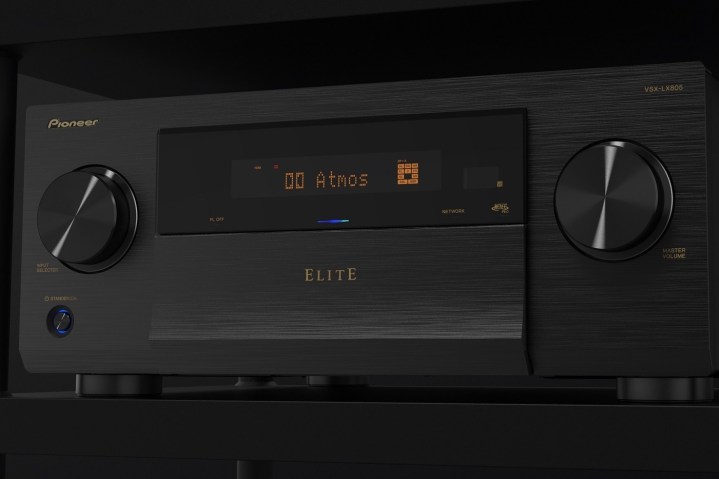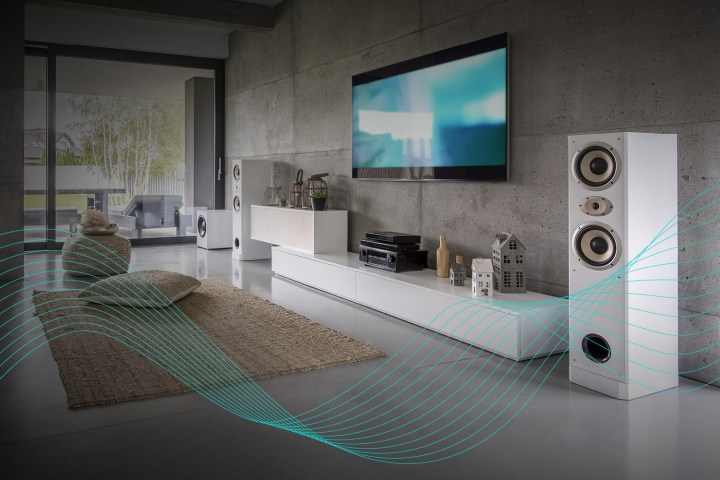
Flagship AV receivers from Pioneer, Integra, and Onkyo are getting a major update with a slew of new features, including support for the Auro-3D format, Roon certification, improved Dirac Live room correction, and several other improvements. The update applies to the Integra DRX-8.4, Onkyo TX-RZ70, Elite VSX-LX805, and Pioneer VSX-LX805 models that launched in spring 2023, according to Premium Audio Company, the parent company of these brands.
Onkyo, Elite, and Pioneer receivers that are connected to the internet will show the available update on their front panel displays (as well as on-screen when the TV is turned on), while Integra AV receivers owners will need to navigate to the Setup Firmware menu and follow the instructions.
Here’s what the new update adds to these receivers:
Addition of Auro-3D
Auro-3D, a surround sound format that provides greater spatial immersion, similar to DTS:X and Dolby Atmos, has been available on AV receivers from Denon and Marantz for several years. Now it’s available on Onkyo, Elite, Pioneer, and Integra receivers. The feature performs at its best when playing audio that has been mastered in the Auro-3D format, but Auro-Matic gives almost any sound source a spatial upgrade by transforming mono, stereo, and surround sound into a 3D experience.
Roon Ready for hi-res audio

Roon is a subscription-based network music player and media server recently acquired by Harman that offers a huge range of audiophile features. It works with network-based libraries of personal digital music, as well as hi-res streams from Tidal and Qobuz. Roon Ready certification means these AV receivers will be recognized by Roon’s software as hi-res audio-capable network endpoints that can be fully controlled from the Roon interface.
Pre-amp mode
Pre-amp mode turns off the Power Amp output and changes the receivers to Preamp-only mode. By turning off the Power Amp output, Premium Audio Company claims that the signal/noise level is slightly improved, and the sound quality is also improved. It also reduces power consumption.
Source-based tone mapping for HDMI 2.1a
Source-Based Tone Mapping (SBTM) allows a portion of the HDR mapping to be performed by the source device, rather than the display device, automatically producing an optimized HDR signal to maximize processing and display capability without manual user configuration.
Dolby Atmos Music for Amazon Music HD

Amazon Music is one of the few services that lets you listen to Dolby Atmos Music, but there’s a catch: the device you use to stream Amazon Music has to be configured to receive undecoded Atmos Music, so that the format can be correctly rendered. Before now, this didn’t work on the four AV receivers getting the update, but now they’ll be able to access Dolby Atmos Music directly.
Improved Dirac room correction

Improved Dirac Live room correction delay times gives you greater flexibility over speaker placement. The update increases compensation from 20 milliseconds up to 50ms, which enables correction delays for speakers as far as 55 feet away.




